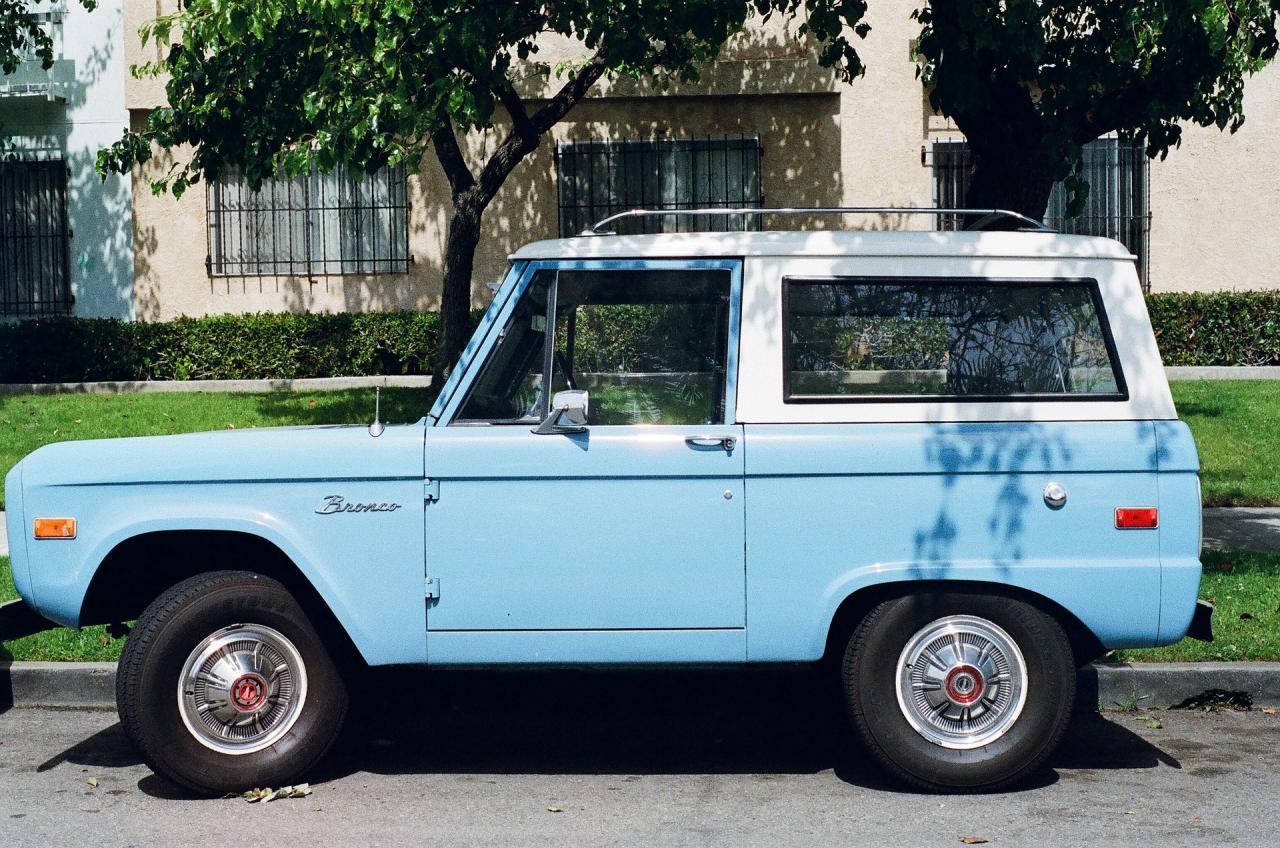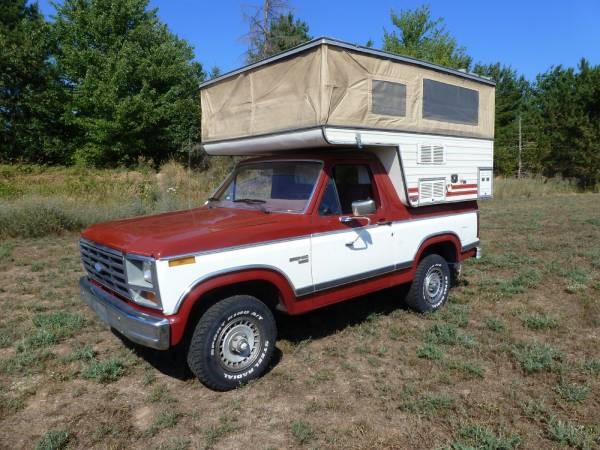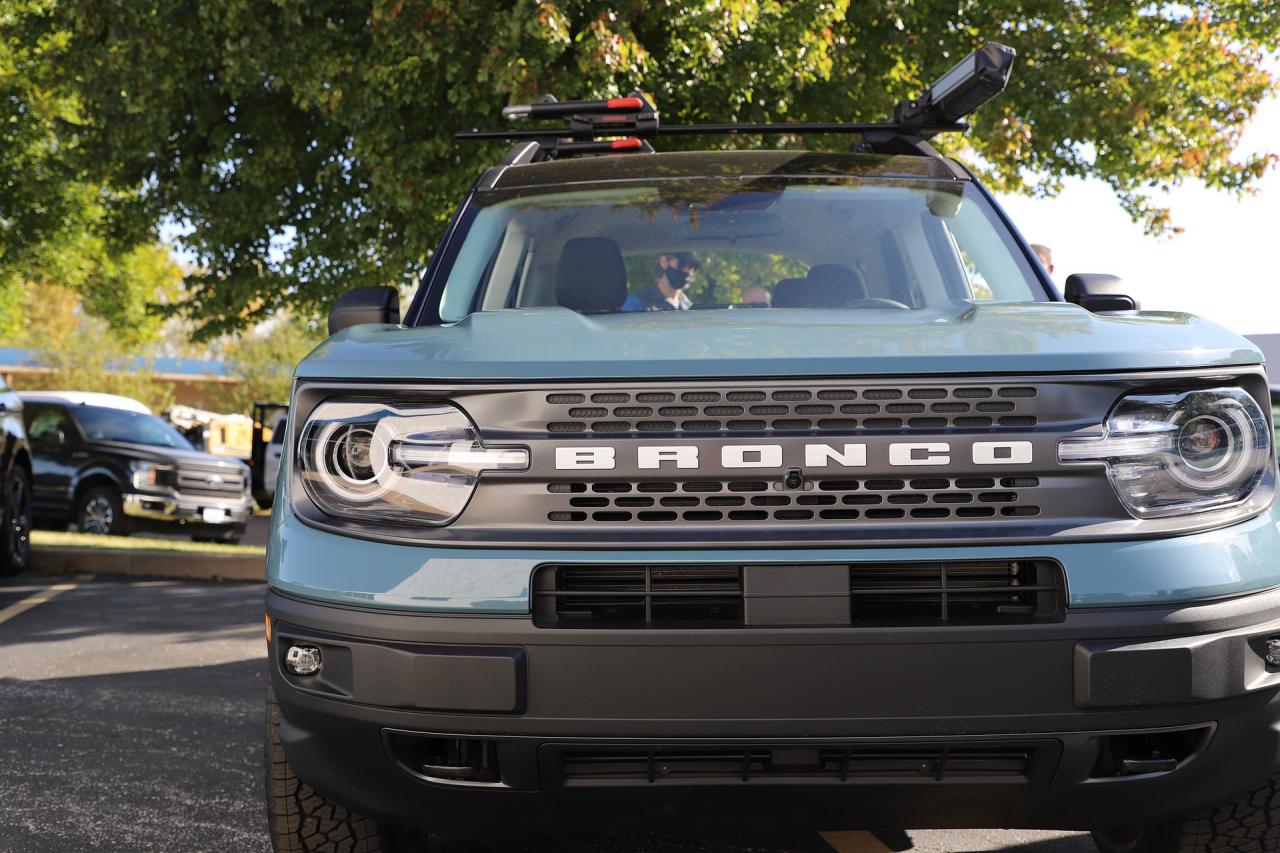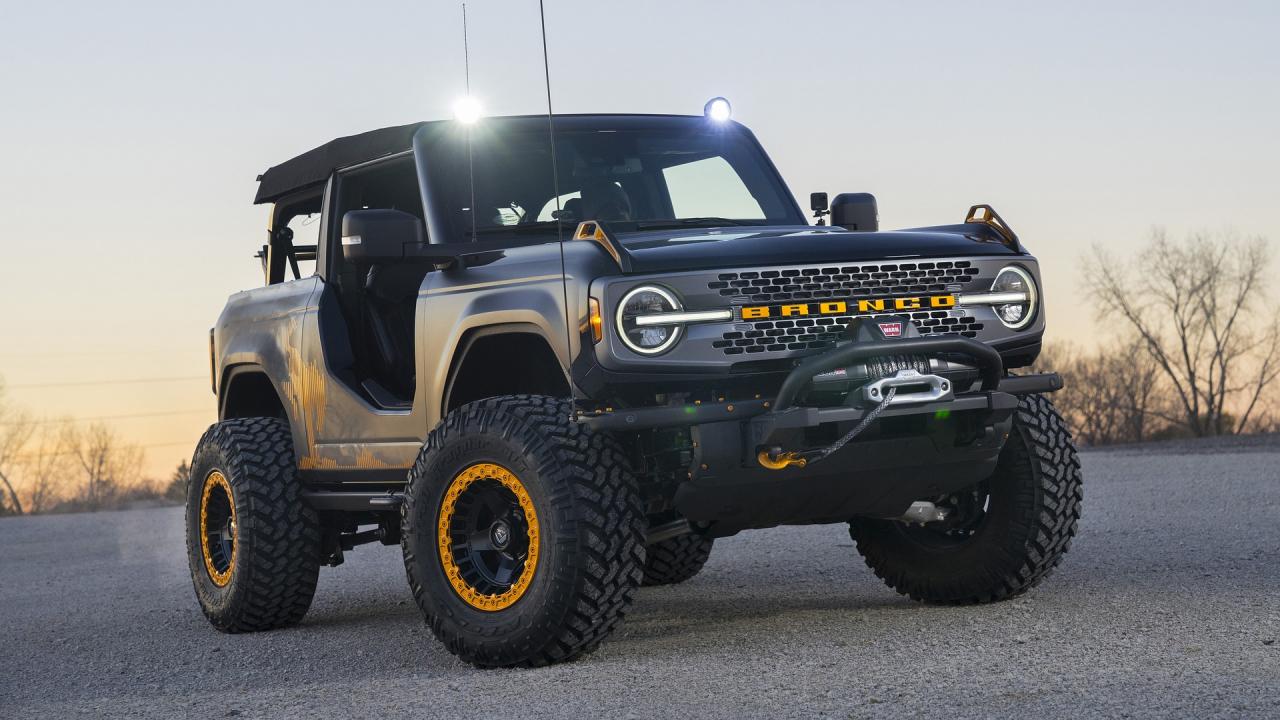How Did the Bronco Get Its Name?

Image by JayMantri from Pixabay
Learn About Where Bronco Got Its Start and Where It’s Going.
The Ford Bronco is a legacy and its name has endured for generations. The Bronco is so well-regarded it retained popularity and a loyal following long after production stopped. The Bronco has become a legend, and because of its larger-than-life status, drivers find themselves curious about how it came to be. How did the Ford Bronco amass such a reputation? How did it get its name? What were its first big competitors? Let us guide you through the history of the Bronco, from its inception to its revival.
Bronco Generation 1 (1966-1977)
The 1st generation of Bronco debuted in 1965 for the 1966 model year. Mid-60s consumers wanted a vehicle that was both pleasurable and powerful. The Jeep CJ and the International Harvester Scout had carved out a niche market for thrill-seekers and explorers, and Ford developed the Bronco to join the competition. Billed as an “All Purpose Vehicle,” the classic Bronco won over an audience with the comfort and utility drivers sought.
The Ford Bronco was the brainchild of Donald N. Frey, a Ford product manager who conceptualized both the Bronco and the Mustang. These days Bronco is a household name, but in the 60s, there was a bit of indecision on what to name this soon-iconic SUV. “Bronco” was originally a codename from development and was only used internally. Because it was developed alongside the Mustang, they chose Bronco to keep with the horse theme. The original Bronco concept in 1963 was actually a four-wheel drive sports car to compliment the Mustang line. This was converted to the off-road rig that we know today as the 1966 Bronco.
A little bit of Bronco Trivia: Sticking with the tough western cowboy theme, the Bronco was almost named the “Wrangler.” It’s fitting that the Jeep CJ –which became the Jeep Wrangler 20 years later– was the Bronco’s early competition.
Bronco Generation 2 (1978-1979)
In the 70s, the competition had evolved, and the Bronco changed with it. The Bronco saw new competitors in the Chevrolet K5 Blazer and the Dodge Ramcharger. The 1966-1977 Bronco was a compact off-roader. The 1978-1979 Ford Bronco switched to a full-sized body to better compete with its larger contenders. The audience loved its new conveniences, including an automatic transmission and a driver’s seat tailgate switch that made it easier to load/unload the backend. It also included a part-time and full-time 4x4 system that allowed it to adapt to road conditions on the fly.
This generation of Bronco saw record-breaking sales after its launch. Vehicles like the Ramcharger, developed to compete with the Bronco, eventually fell into obscurity. In the Bronco’s decades-long run, the 78-79 years are among its most popular.
Bronco Generation 3 (1980-1986)

The second-generation Bronco was a success. Ford quickly got to work developing even more conveniences and comforts for the next generation. The Bronco was already known for its smooth handling. The engineers made its driving smoother by switching out the Bronco’s solid front axle for an independent transmission. This transmission type was the first of its kind of an SUV.
The Generation 3 Bronco chassis got another update as well. The body featured an all-new front end and modern design. The 1980-1986 Bronco and F-Series Trucks are called the “Bullnose era” by its fanbase. The moniker comes from the design’s unique shape: look close, and you’ll notice the top of the nose sticks out slightly further than the bottom. A “Bullnose” can refer to a Bronco or an F-series truck; the vehicles from this model year used the same distinct grill and headlight setup.
Bronco Generation 4 (1987-1991)
Fans know this generation as the “Bricknose” generation. As the name “Brick” suggests, the 1987-1991 Ford Bronco has a much more square front end than the Bullnose. This boxier front end helped make the Bronco more streamlined than ever. The Bronco’s body dropped fine lines and rigid angles, replacing them with curves and rounded edges for a smoother, sleeker look. This generation of Bronco features plenty of powertrain upgrades to improve performance. It was also the first generation of Bronco to introduce the anti-locking brake system (ABS) as a safety feature.
Bronco Generation 5 (1992-1996)
![]()
The 1992-1996 Ford Bronco was the fifth and final generation for more than 20 years. Like the previous two generations, this generation has a fan nickname: “Aeronose.” The fifth Bronco generation saw further improvements to the aerodynamics of the Bronco chassis. It added tons of luxury as well. The Bronco had a stunning overhaul to its interior, plus new safety features like improved seatbelts and a steering wheel airbag. The Ford Bronco had never looked better. Although it was a (temporary) end to the Bronco’s 30-year run, it had a strong finish.
Revival (2021- Present)

Image by zackthemazdaguy from Pixabay
You can't keep the Bronco down. Thanks to the strong nostalgia of the brand, fans were eager for another iteration of the Ford Bronco. In 2021, Ford was more than happy to bring it back. Ford reintroduced the Bronco to take aim at Jeep, one of its earliest competitors.
One of the greatest innovations of the 2021 Ford Bronco revival was GOAT mode – "Goes Over Any Terrain." This feature allows drivers to adjust their driving modes on the fly. With the twist of a dial, drivers can choose between one of five different modes. For example, those looking to save gas can appreciate its Eco Mode. It also features Sand and Slippery mode to make driving in environmental hazards, like sand or snow, easier and safer. More than 50 years after its debut, the Bronco was still finding ways to innovate and live up to its renowned diversity and utility.
What lies on the horizon for the Ford Bronco? Maybe the best is yet to come.

